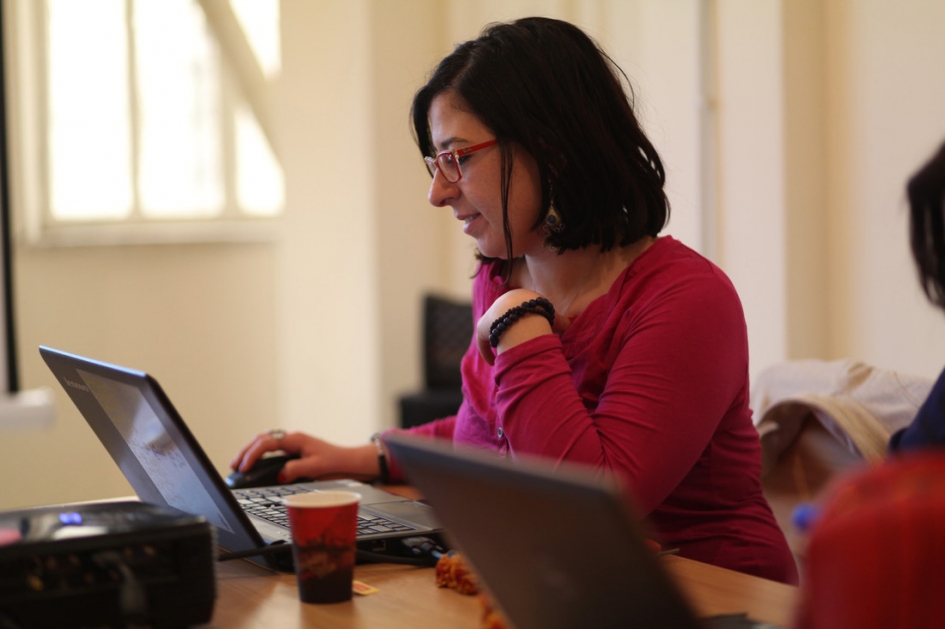
Learn to sort out legitimate news from the false and misleading stories that circulate online. AFSC
We do so much living and learning online, and our social media feeds are becoming a core part of our daily lives. While social media sites can be important spaces for promoting social justice and inclusive communities, our values cannot thrive in an environment where false and misleading stories proliferate.
And false and misleading stories are hard to avoid these days. In early January 2020—at the start of a presidential election year—Facebook said that it would not make any major changes to its political advertising policies, which allow lies in ads, despite public criticism and pressure from lawmakers who say the company should be more responsible for what content appears on its platform. It's also worth remembering that in the final months of the 2016 presidential election, an analysis showed that fake news outperformed real news coverage on Facebook.
Our growing reliance on social media to get our news will not only continue to make us more polarized, as our news feeds become echo chambers reflecting our own worldviews. It is fueling the proliferation of fake news articles, without any basis in fact or supported by evidence, being liked, shared—and believed—by millions of people.
So how can you tell if something you read on the internet is true? What should you do before you click share? AFSC put together a guide to help you better assess the news you see on Facebook, using the acronym SCEP: Source, Confirm, Evidence, Pause:
- Consider the SOURCE. While a headline might attract your attention, it's essential that you look at the source of the headline. Is it from an independent news source that is likely to use fact-checkers and editors to verify a writer's claims? Is it from a website with a stated political aim? Assess the source of the information before you believe it. Check out this list of questionable or unreliable sites to approach with caution.
- Google to CONFIRM. Is the news in the piece being reported by more than one site or author? If you can find the story in other credible sources, it has a better chance of being legit.
- Assess the EVIDENCE. Is the argument in the piece well-supported by evidence? Even legitimate news sources sometimes rely on shaky evidence to support their claims. A solid news story will be supported by strong evidence: verified documents, peer-reviewed research and sound studies, and direct quotes from named, not anonymous, sources.
- PAUSE. Instead of instantly liking or sharing a post that hits home, take a moment to assess. Is the article likely real? What do I hope will happen if I share it?
Following the 2016 U.S. presidential election, Oxford Dictionaries picked its international word of the year: “post-truth.” The word describes the idea that objective facts have proven less influential in shaping public opinion than appeals to emotion and personal belief, something many of us have witnessed this election cycle. The spread of false and misleading news stories on social media and the spread of post-truth politics make it harder to bring light to the darkness and to choose love and peace over hatred and fear.
So next time, when a story online draws your attention, before you share, be SCEPtical: consider the Source, Confirm that the story is being reported in more than one place, assess the Evidence in the article, and Pause before sharing.